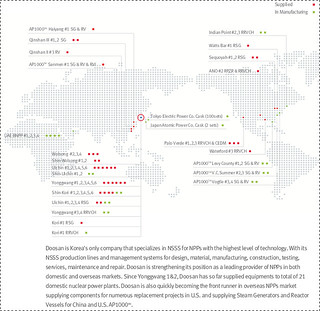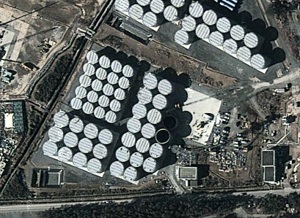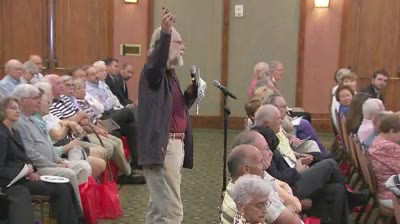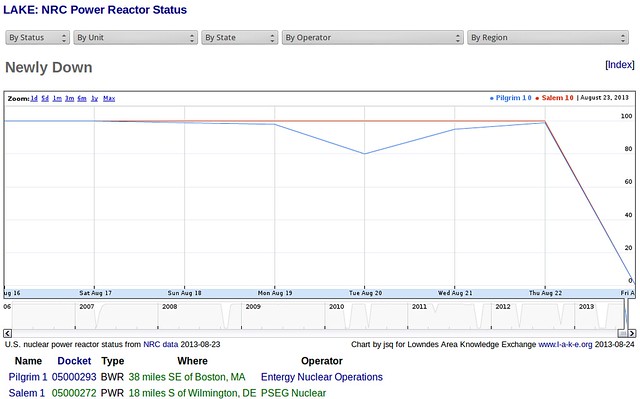Finish it and then send we the taxpayers and ratepayers a bill? What kind of deal is that? So Southern Company already dodged a Fitch downgrade by delaying a decision, and now GA PSC wants to put it off for years more. That also delays solar deployment in Georgia, putting us still farther behind.
Ray Henry wrote for AP yesterday, Ga. approves deal on nuclear plant costs,
A debate over the rising cost of building a nuclear power plant in Georgia will be delayed for years under an agreement approved Tuesday by Georgia’s utility regulators.
The elected members of Georgia’s Public Service Commission unanimously approved a deal that will put off a decision on whether Georgia Power can raise its budget for building two more nuclear reactors at Plant Vogtle (VOH’-gohl) until the first of those reactors is finished. An independent state monitor has estimated the first reactor will be finished in January 2018 at the earliest.
Regulators will continue monitoring company spending but will not make a decision on raising the bottom line budget figure.
So GA PSC will keep watching costs run over budget but will do nothing about it.
Oh, wait, it’s actually worse: Continue reading












